Three radar speed guns deployed on Ramanagara stretch; more will arrive in the coming days
Ramanagara: In a concerted effort to curb the escalating number of accidents on the Bengaluru-Mysuru Expressway caused by over-speeding motorists, the Ramanagara Police took action on Tuesday, July 4. Deploying three mobile speed radar guns, they apprehended 44 vehicles (as of 10.30 pm) that had exceeded the permissible speed limit of 100 kmph.
According to the National Highways Authority of India (NHAI), the maximum speed limit on the expressway is set at 100 kmph for light motor vehicles and buses, while trucks have a limit of 80 kmph. However, the speed limit for the overtaking lane is raised to 120 kmph.
Additional Director-General of Police (Traffic and Road Safety) Alok Kumar said that the violators have been booked and their licenses will be impounded. The Police have recommended the suspension of their licences to the relevant Regional Transport Office (RTO).
More mobile radar speed guns will soon be deployed on other sections of the Expressway, including Mandya and other areas, based on the demand until permanent solutions are implemented.
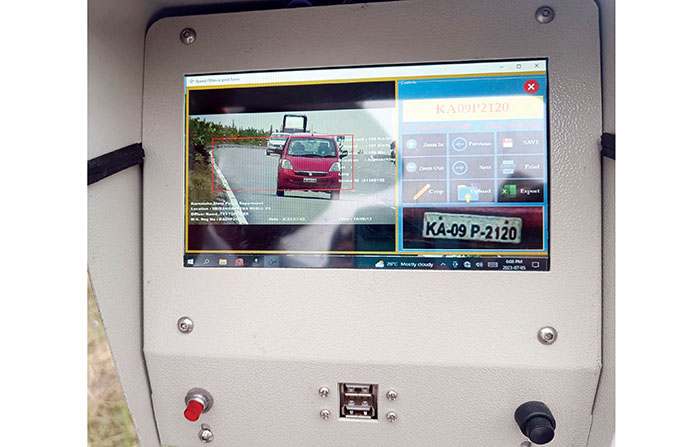
However, the implementation of speed control measures on the Expressway has drawn criticism from some individuals on social media. They argued that the Expressway’s name is misleading, given its speed limitations and the presence of multiple barricades. In fact, one Twitter user went as far as alleging that these measures were simply a means of extorting money from the public.
In response to these concerns, Alok Kumar clarified the objective behind these actions. He emphasised that the primary aim is to control over-speeding and enforce lane discipline.
By adhering to the newly assigned speed limit on the 118-km stretch, travellers can still reach their destinations within two hours from Mysuru. He stressed that exceeding the speed limit and driving at 120 kmph or above pose a significant risk of accidents and loss of control.
He further pointed out that studies have highlighted the lack of driving skills among Indian drivers and the inadequate equipment in vehicles to safely maintain high speeds for extended periods.
The Police have also proposed to the National Highways Authority of India (NHAI) to ban the movement of slow-moving vehicles, including two and three-wheelers and tractors, on the expressway. These vehicles can use the service road.



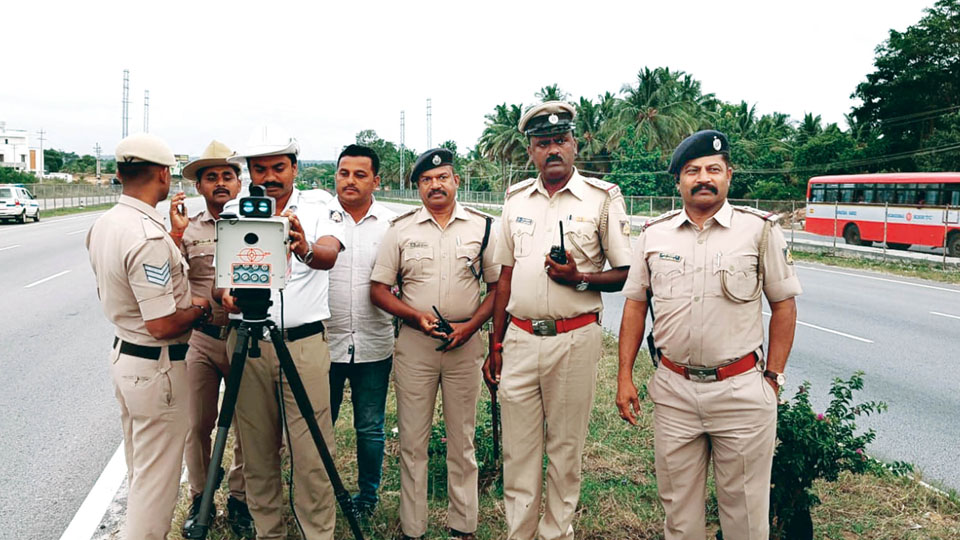
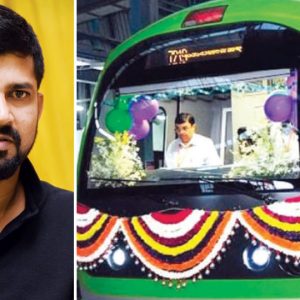
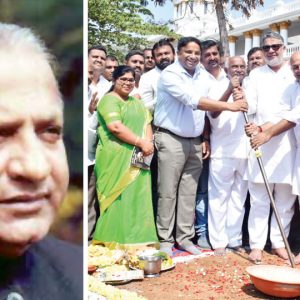
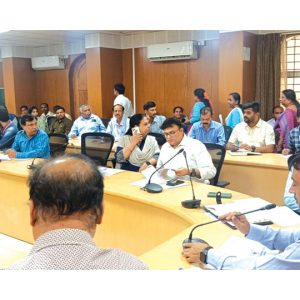
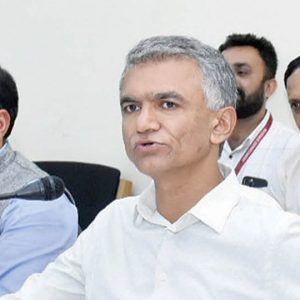
Excellent initiative. Hundreds of lives would be saved. 60Km/hour for the trucks is too low. It will affect the productivity for freight transport. My suggestion is trucks too should be able to run safely at 80Km/hour and travel on the left lane only unless overtaking.
Further, they should install average speed cameras which has been implemented in many countries around the world. It works as follows.
Two separate sets of fixed cameras are installed at two separate locations with a known distance. The cameras take a picture of the number plate at the first set of speed camera and record the time. Subsequently the second set of cameras capture the number plate and arriving time at the second location. If the vehicle arrives earlier than the specified time based on speed limit, fines will be imposed and licence cancelled.
For example, if two sets of cameras are separated by a distance of 60Km are installed and the speed limit is 100Km/hour the duration of travel is 36 minutes. If the vehicles arrive earlier than 36 minutes at the second set of cameras, fines will be levied. This technology is already available and successfully implemented in many countries.
I am sure there are a number of IT and electronic firms in Bengaluru who can design, manufacture, test and operate these systems successfully.
Average speed cameras are the best way to regulate and enforce speed limits.
KUDOS …. to Mr. Alok Kumar and Team, good start /great Job !. Thank you.
Lets talk what is available at this moment and not worry about what is needed in future.